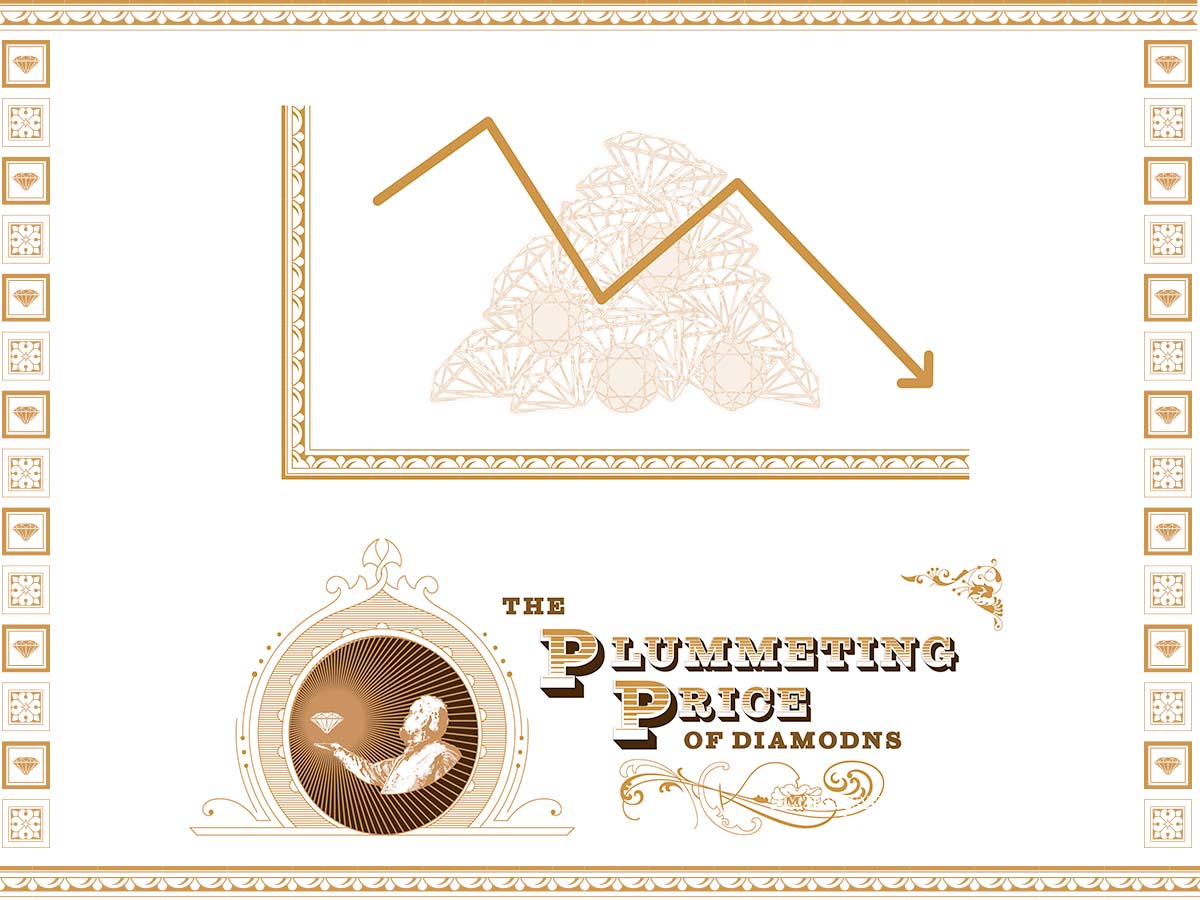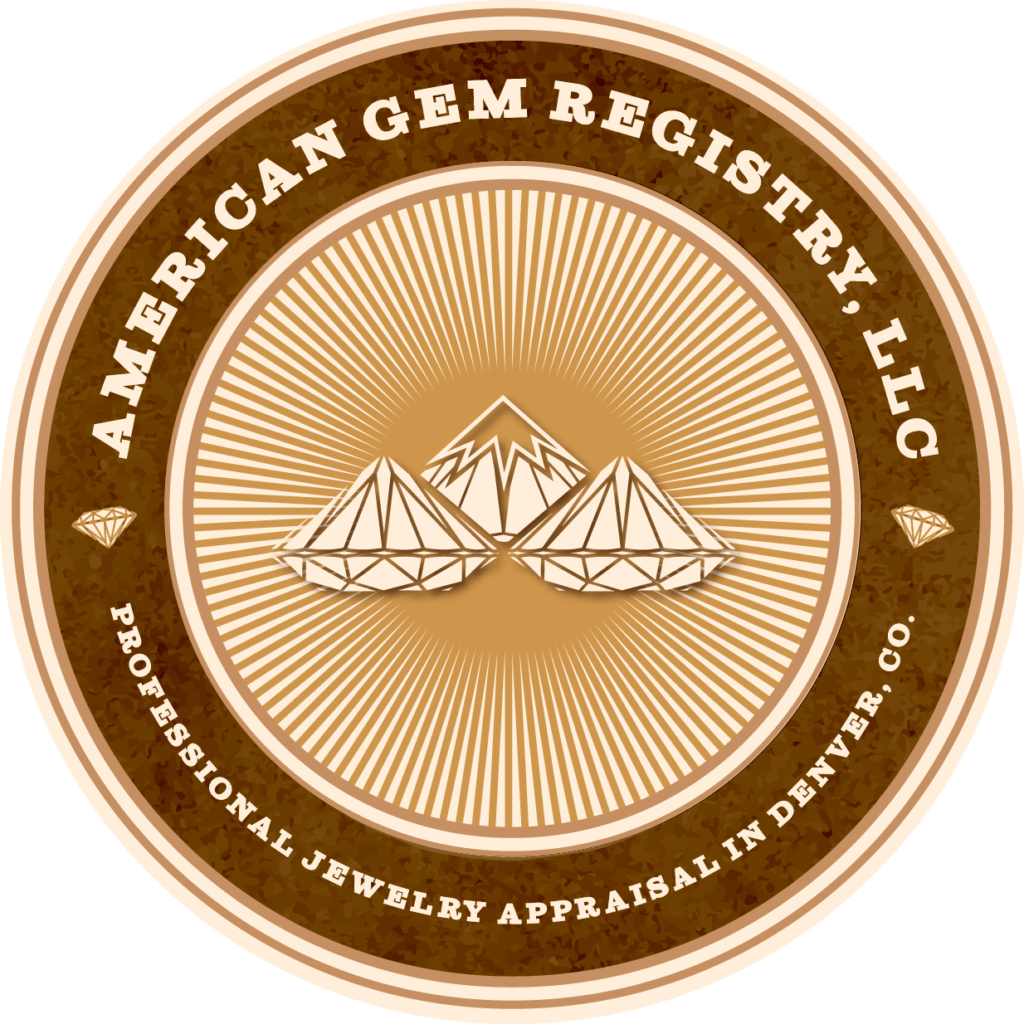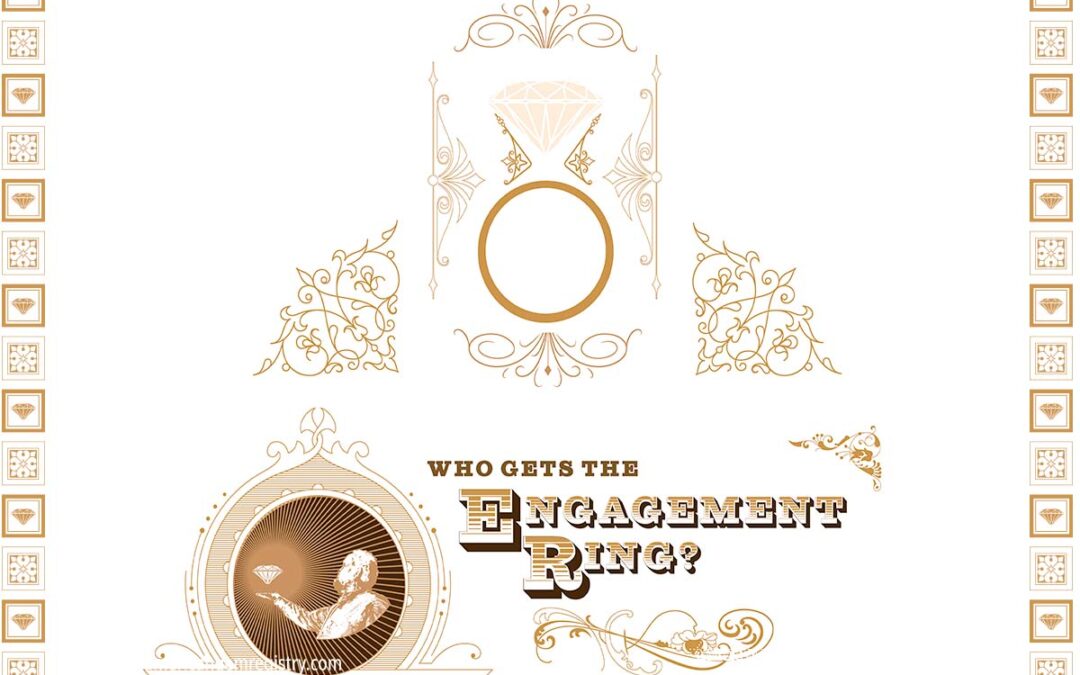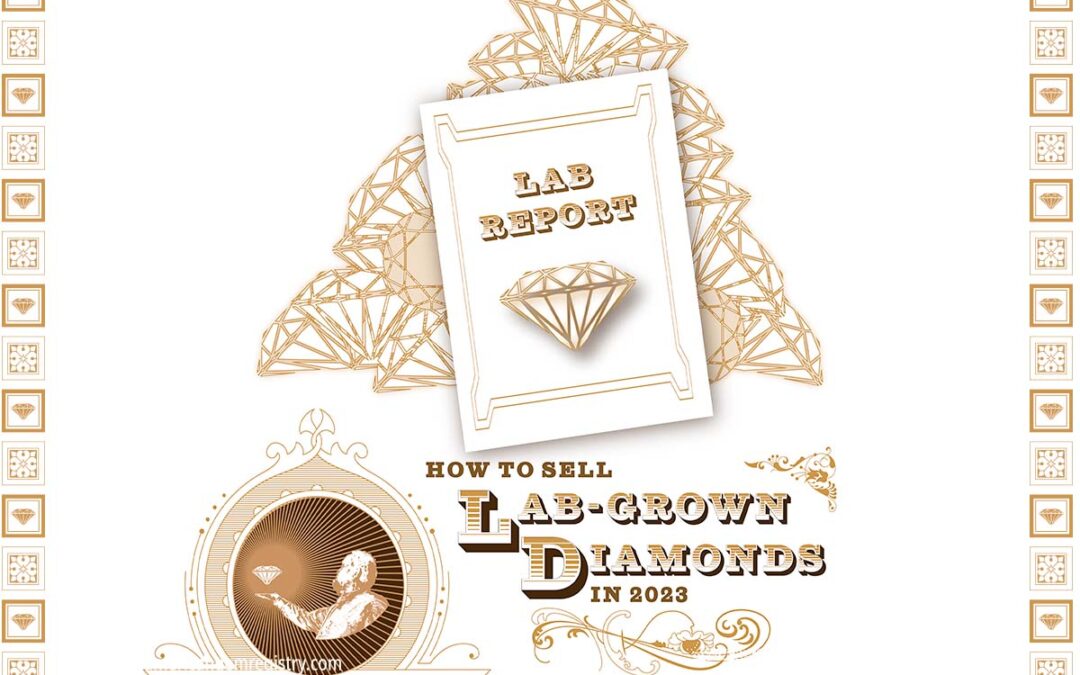The diamond market is undergoing a significant transformation, with the price of natural diamonds seeing a decline and lab-grown diamonds gaining popularity. This article delves into the various factors contributing to this shift, from consumer preferences to geopolitical sanctions, and what it means for both consumers and the industry.
Key Takeaways:
- Natural diamond prices are declining, with DeBeers reporting a 30% drop in revenue from 2022 to 2023.
- Lab-grown diamonds have captured 50% of the bridal market as of 2022, posing a significant challenge to natural diamonds.
- Inventories of natural diamonds are accumulating, affecting both cutters and wholesalers.
- It’s not a disaster, at least not for consumers. Prices have dropped about 10% so far this year (August/2023). That’s a drop, but idea that prices are “plummeting,” however, is just hype.
- Despite the challenges, the gem market has shown resilience, indicating a potential rebound for natural diamonds.
- If you’re considering buying a natural diamond, now might be a good time to negotiate a deal. They’re on sale.
- If you own diamonds, it may be time to look at your appraisals. Insurance claims are based on the replacement cost at the time of loss.
The Decline in the Price of Natural Diamonds
With one exception in the early 1980s, natural diamonds have been on a steady, if sometimes slow, price climb for the last 100 years. It has been one of the most stable product categories in history. But, as you’ve probably heard, the prices in the natural diamond market have been dropping again.
In 2022, DeBeers, the giant diamond conglomerate, reported $5.71 Billion dollars in revenue. 2023 is on track for about $4B. That’s a 30% haircut. It’s even worse at your local jewelry store. They’re still there for you but, for most, natural diamonds are a shrinking part of their business. Lab-Grown diamonds are now a viable competitor for natural diamonds and young people on a budget—which is the biggest bridal segment—are going for them in a big way.
The Rise of Lab-Grown Diamonds
The share of lab-grown diamonds in the market is up from roughly zero in 2012, to 50% of the bridal market in 2023. The supply of lab-grown diamonds is going nowhere but up, and the prices are going nowhere but down. People are still getting married, of course, and they’re still buying engagement rings; but they’re buying lab-grown. This means that jewelers aren’t stocking as many natural diamonds, especially the expensive ones. The natural diamond market is “special order” now, meaning consumers must ask for them specifically, and that is directly affecting the mining company’s bottom line.
Inventory Challenges: Where Are All the Diamonds?
The physical location of natural diamonds isn’t where you think they would be. They’re in the hands of the companies your local jeweler orders from: Cutters and wholesalers, who house their inventory in vaults in New York and India. This matters because these inventories are continuing to grow even as prices are dropping—and the middlemen are feeling the pinch. It’s not that natural diamonds are perishable, or even that people don’t want them, but cash flow is down steeply and the justifiable response of these middlemen is to buy less inventory. That’s backing up the supply chain and it’s why mining companies like DeBeers are seeing a steep decline in demand for the raw product.
The Investment Fiasco of the 1980s
The previous time this happened was in 1980. Investors noticed the admirable appreciation of prices in the natural diamond market: 2-12% a year for nearly 100 years. They wanted in on the action. Companies like IDC started selling ‘certified diamonds,’ enshrined in plastic, that buyers could hold for a rainy day. People weren’t expected to wear them or even make jewelry out of them—they were sold to sit, untouched, in safe deposit boxes to gain value over time.
Prices climbed, which fueled the whole idea of diamonds as a sound investment. For example, a 1-carat D/IF climbed from $10,000 to $65,000 between 1979 and 1980. Investors were giddy. But, when the bubble burst, as they inevitably do, many of said investors were left with diamonds they couldn’t sell, and prices crashed. This serves as a cautionary tale for today’s market.
Selling Diamonds is Hard
It turns out that selling diamonds, natural or lab-grown, is a lot harder than buying them, as it remains to this day. The companies in the ’80s that guaranteed a ready resale market for their ‘investment grade diamonds’ evaporated, and the boiler-rooms disappeared, or at least went to other businesses like selling Solar panels and consolidation loans. 40 years later I still see clients who bought ‘investment grade diamonds’ back-in-the-day, who can’t get their money back.
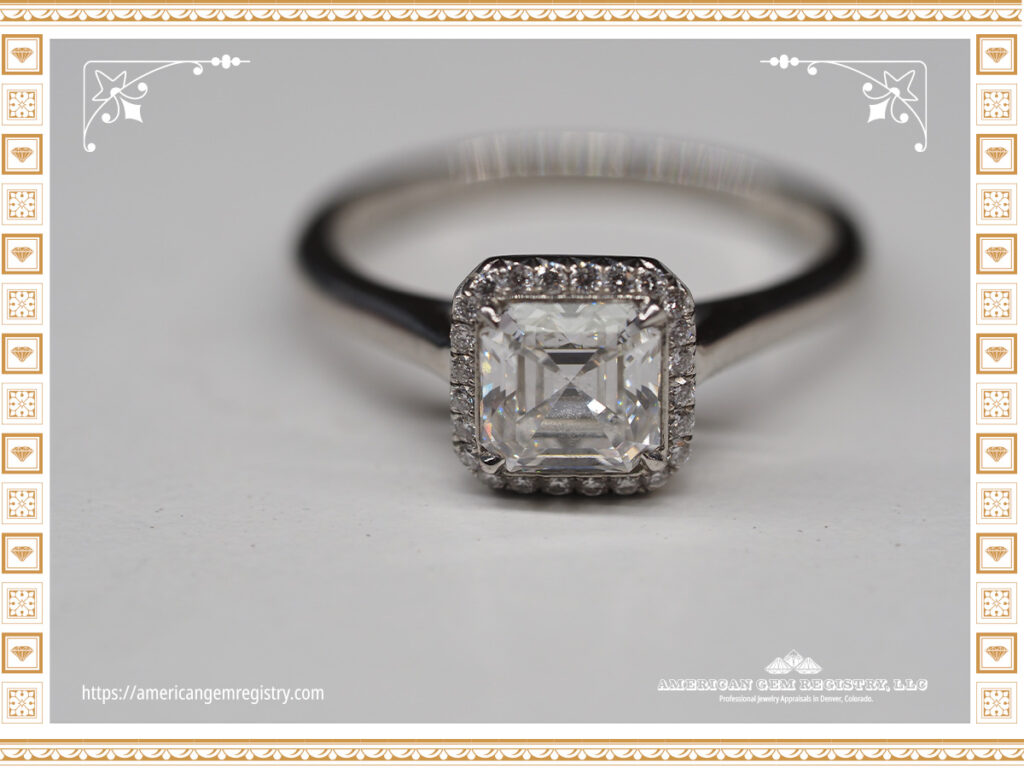
The Resilience of the Natural Gem Market
I’m no psychic, but I am expecting the natural diamond market to bounce back eventually. Diamonds and other gems have never filled a ‘need’ in the traditional sense, but people have been buying them for centuries. Gemstones are, after all, very pretty. Cheaper synthetics and other alternatives have been around the whole time, and there has yet to be one example where the market for the natural stones has been replaced with the market for a substitute.
Emeralds, rubies, sapphires and pearls are just a few examples. Spinel and amethyst for a couple more. Lab-grown rubies, for example, have been around since shortly after the civil war. Beautiful stones are available for under $100 and I see them mounted into fabulous antique pieces. On the other end, the best natural rubies are selling at record-high prices. The world’s most valuable ruby sold at Sotheby’s just this summer for $34.7M. It’s of course, possible that the natural diamond market will be the exception that proves the rule, but this is a strong precedent that hints the market price may climb again. This is, of course, idle speculation, and not intended as investment advice.
DeBeers will be fine. So will Alrosa and all the other giant mining companies. They’ve got reserves, and keeping diamonds in the ground until fashion can catch up, really isn’t a problem. It is the middle players—cutters, wholesalers, and brick-and-mortar jewelers (at least the ones trying to sell natural diamonds)—are feeling the pinch. Expect to see consolidations in these middlemen, as the big players in the game swallow up the little ones.
What Does This Mean for Consumers?
If you’re considering buying a natural diamond, now might be a good time to negotiate a deal. They’re on sale.
Additionally, if you own diamonds, it may be time to look at your appraisals. Insurance claims are based on the replacement cost at the time of loss. You could be realize significant savings on your premiums by making sure your paperwork aligns with current reality. (If you’re in the Denver Area, you can make an appointment with me for an appraisal, here.)
Selling Your Diamonds when Prices are Low
If you’re looking to sell your diamonds, be aware that jewelers are currently less inclined to buy inventory. Auction results are also declining too as buyers are nervous. If you can wait, and like me, you expect natural diamond prices to recover, it might be beneficial to do so.
Do You Need A Jewelry Appraisal in Denver, Colorado?
The American Gem Registry provides a variety of jewelry appraisal services in Denver, Colorado:
- Gem and Jewelry Appraisals
- Estate Evaluations
- Expert Witness
- Pre-Custom Consultation
- Re-Cut Consultation
- Damage Consultation
- Restoration Evaluation
- Fair-Market Value Appraisals
- Insurance Appraisals
If you have any questions, please call during my normal business hours at the number below. Or, you can schedule your Jewelry Appraisal Appointment online today!


